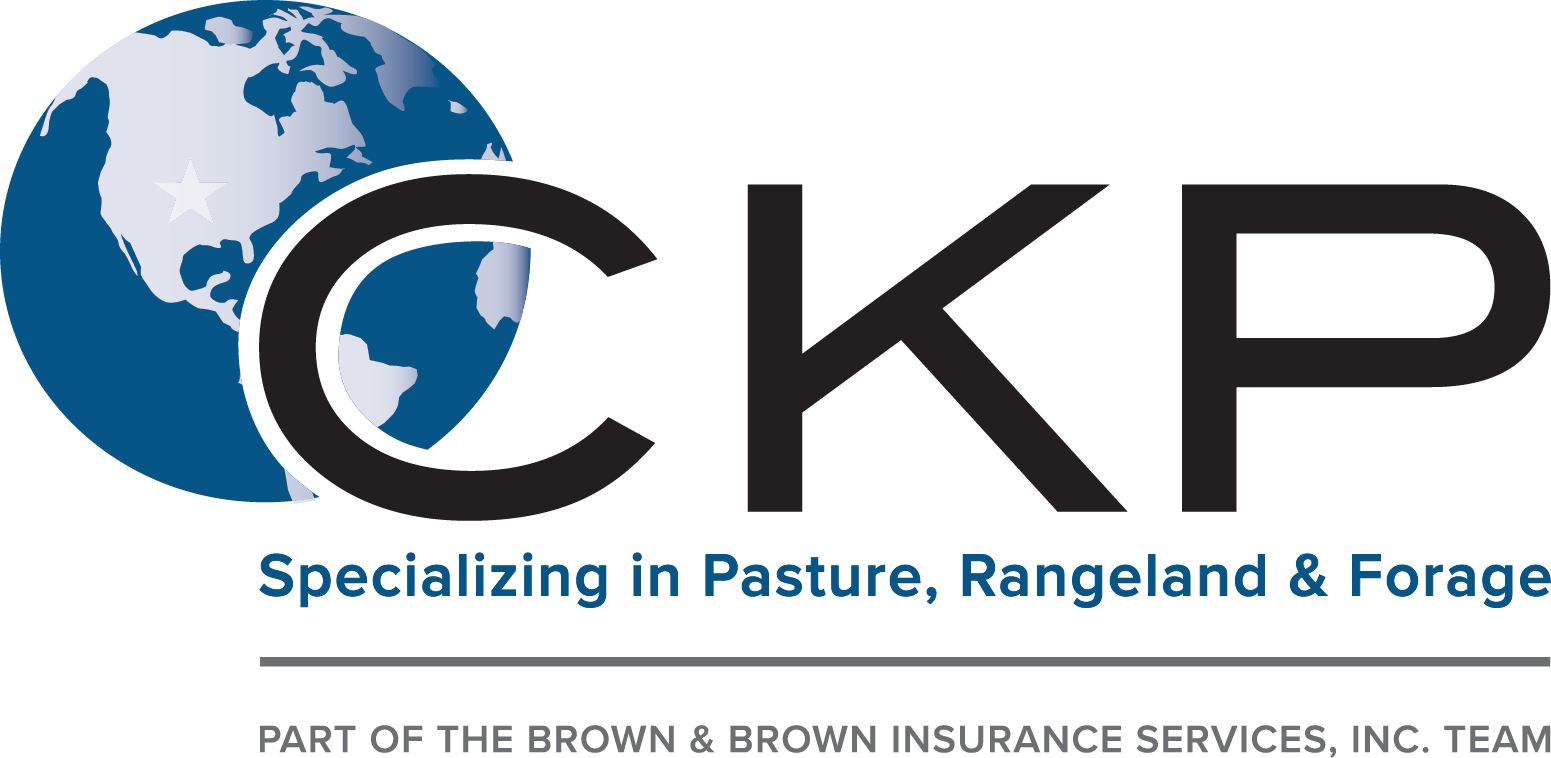Some Known Incorrect Statements About Bagley Risk Management
Expert Advice on Risk Evaluation and LRP Insurance Policy Solutions

The Significance of Risk Evaluation
Reliable danger assessment is essential in the decision-making process of any kind of company, assisting calculated preparation and source allowance. By systematically recognizing, reviewing, and focusing on possible threats, businesses can expect difficulties, profit from chances, and make notified options to attain their purposes. Danger assessment enables organizations to proactively deal with susceptabilities, reduce risks, and maximize their danger monitoring strategies.
Among the essential benefits of danger assessment is its duty in boosting functional performance. By comprehending the possible risks that might affect different elements of business, companies can streamline procedures, allot sources better, and reduce the chance of costly disruptions. Additionally, danger assessment enables business to comply with governing needs, secure their online reputation, and develop count on with stakeholders.
Comprehending Possible Losses
To comprehend the impact of risk analysis, it is important to understand the potential losses that might substantially influence an organization's operations and monetary stability. Possible losses can occur from different sources, including all-natural catastrophes, economic declines, operational failures, regulatory modifications, and cybersecurity violations. These losses can lead to straight expenses such as building damages, lawful costs, and penalties, along with indirect expenses like reputational damages and loss of market share.
Recognizing possible losses includes carrying out a complete analysis of the risks that could emerge and approximating the economic influence they might carry the company. By quantifying these possible losses, businesses can focus on threat reduction initiatives and assign resources properly. In addition, a detailed understanding of prospective losses makes it possible for companies to make educated choices when picking danger management strategies, such as acquiring insurance policy coverage or carrying out risk control procedures. Bagley Risk Management.
In essence, by recognizing and comprehending possible losses, companies can proactively take care of dangers and guard their long-term sustainability and success.
Role of LRP Insurance Policy Solutions
The combination of LRP insurance policy services within a company's danger administration framework enhances durability and strengthens monetary security versus unexpected hardships. LRP, or Loss Recuperation Product, insurance policy options play a crucial role in mitigating the impact of potential losses by supplying economic protection and support in times of situation. These insurance policy services are tailored to fulfill the particular needs of services, providing coverage for various dangers such as home damages, business disruption, responsibility insurance claims, and more.
By moving the financial danger their explanation to an insurance service provider, services can concentrate on their core operations with better tranquility of mind, knowing that they are secured versus considerable economic losses. Furthermore, LRP insurance coverage remedies can boost an organization's risk management strategy by supplementing existing risk mitigation procedures and making sure extensive security throughout all locations of potential vulnerability.
Identifying Key Dangers
In the procedure of danger analysis, a vital action includes recognizing crucial risks that have the potential to affect a company's operations and economic stability. Identifying essential dangers needs a detailed evaluation of interior and outside factors that could present hazards to the organization's objectives. Inner threats may include operational ineffectiveness, conformity problems, or personnel challenges, while outside dangers could incorporate economic declines, regulative modifications, or natural catastrophes.

Moreover, vital risks need to be regularly reviewed and updated to straighten with the dynamic organization environment. This proactive strategy makes it possible for companies to remain in advance of potential dangers and guard their long-lasting success.
Choosing the Right Coverage
Having identified the essential threats that can affect a company's procedures and financial security, the following essential action involves meticulously picking the best insurance coverage to properly manage and alleviate these threats. Companies need to consider their particular danger exposure, monetary abilities, and critical goals when it comes to selecting the right coverage. It is necessary to carry out a comprehensive evaluation of the offered insurance choices to make certain that the chosen insurance coverage lines up with the organization's threat monitoring objectives.

Organizations needs to work carefully with skilled insurance coverage professionals to examine their danger profiles and recognize one of the most ideal insurance policy products to resolve their requirements. Customizing insurance policy coverage to specific dangers can assist enhance security while lessening unnecessary costs. Furthermore, companies must review policy terms and problems carefully to recognize the degree of protection offered and any kind of possible exclusions that might influence their threat reduction strategies.
Conclusion
In final thought, threat evaluation is vital in recognizing prospective losses and picking the appropriate LRP insurance services. By understanding vital risks, companies can mitigate monetary effects and shield their possessions. It is necessary to thoroughly analyze and analyze dangers to official site guarantee proper protection is in next page place. Expert advice can aid navigate the intricacies of threat analysis and insurance policy options, supplying organizations with the required tools to effectively manage and alleviate dangers.
Expert assistance plays a crucial function in this procedure, supplying useful understandings right into identifying and evaluating risks, as well as purposefully picking suitable insurance policy coverage tailored to reduce those dangers properly. An extensive understanding of potential losses enables organizations to make educated choices when picking danger management methods, such as buying insurance protection or applying danger control actions.
